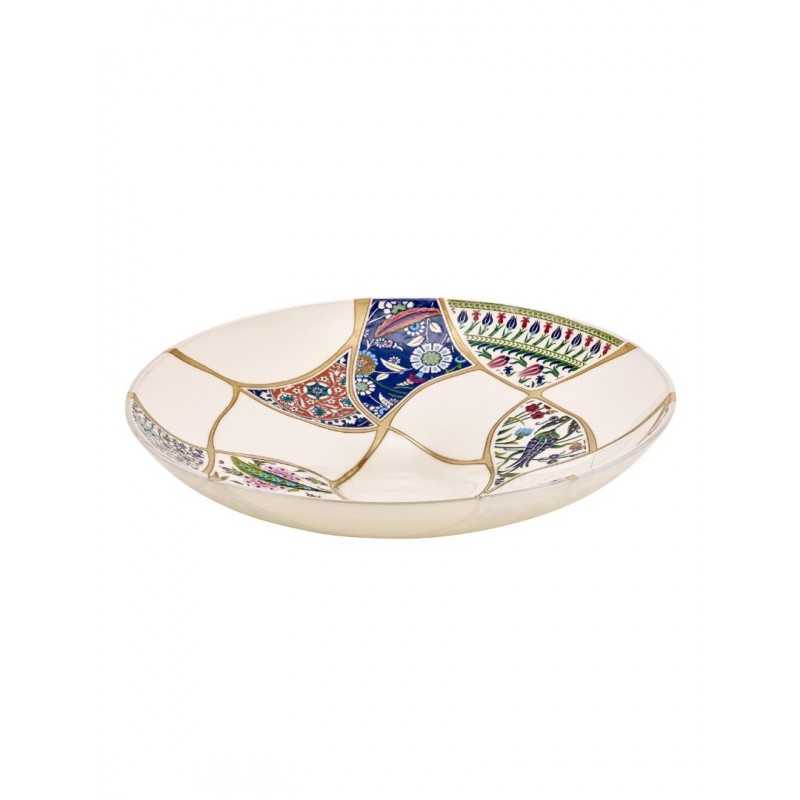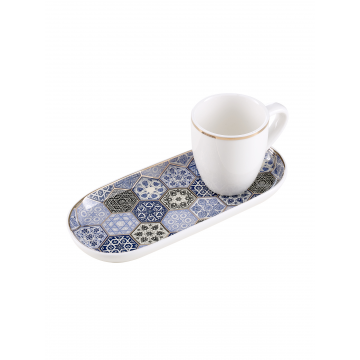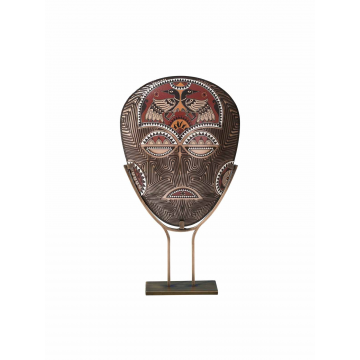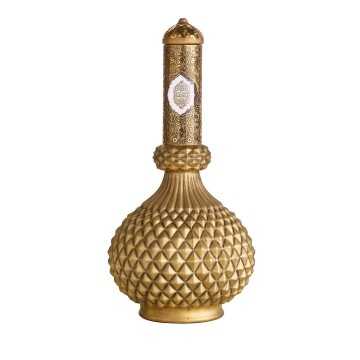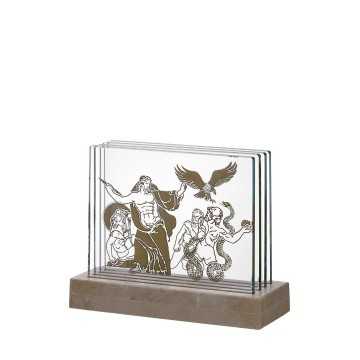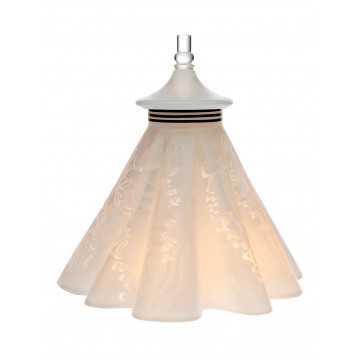Paşabahçe - Blue Tiled Turkish Coffee Cup
Paşabahçe - Nefise Bowl - 24k bowl
Reference: TF-GIFT-GF-20
- Write a review
Paşabahçe - Nefise Bowl

The history of Turkish tile and ceramic art, which has a very important place in world art history, dates back to AD. It dates back to the 8th and 9th centuries, to the Uighurs. But the real radical change started with the Great Seljuks and continued with the Anatolian Seljuks and the Ottomans. The Anatolian Seljuks achieved a successful synthesis by combining this legacy from the Great Seljuks with the cultural past of Anatolia. Especially the British (British), Victoria and Albert Museums focused on Iznik tiles from time to time, and Iznik tiles were reorganized in the Islamic Works sections of the museums. The most important exhibitions of these world-famous museums are devoted to Iznik tiles. Tile artifacts transported from Turkey to England, possibly illegally, are presented to visitors in carefully selected showcases with special lighting techniques. Not a single tile is used on the Nefise Bowl, it is created by combining different tiles. It is inspired by the ancient Japanese tradition of 'kintsugi' technique, which reminds how valuable the tiles are when they come together. This draws attention to our hundreds of tiles abroad. Hundreds of Iznik tiles and ceramics are exhibited in museums abroad, especially in the British and Louvre Museums. Nefise Bowl is made of handmade opal cream glass and all the relief patterns on it are decorated using 24-carat gold, gilding and enamel paints. *Kintsugi is actually based on Ancient Japanese Philosophy, where nothing is truly broken. Using the Kintsugi technique, artists combine broken ceramics with gold and silver to create works that bear the original and unique traces of experience.
Production quantity is limited to 500
Diameter : 38 cm
Height : 8.7 cm
It is 100% handmade.
Product Origin : Turkey
Cleaning Recommendation : Wipe with a dry cloth

